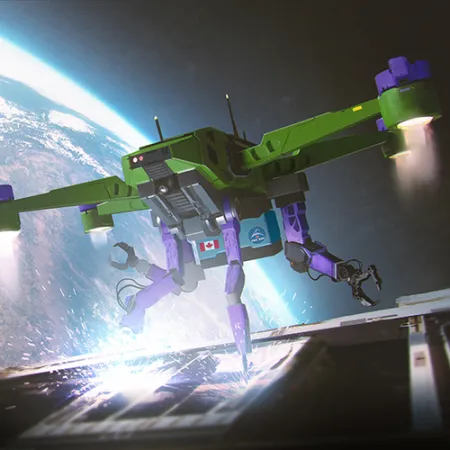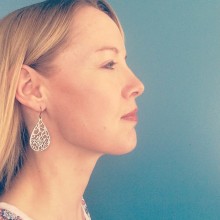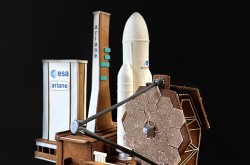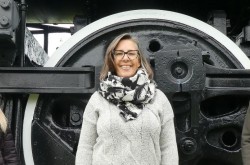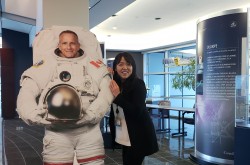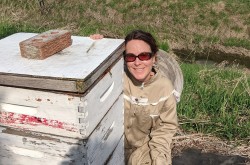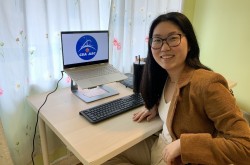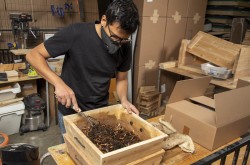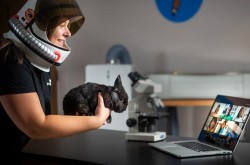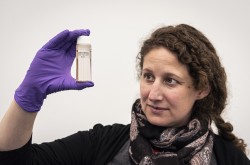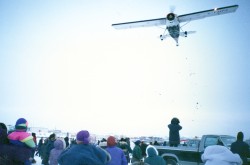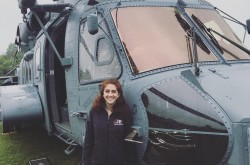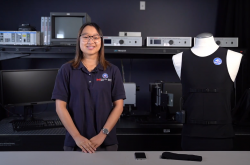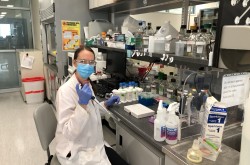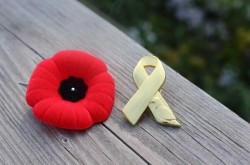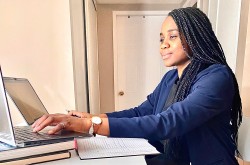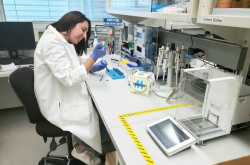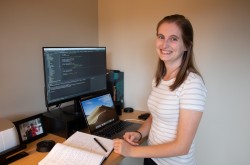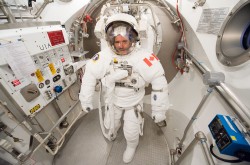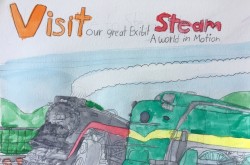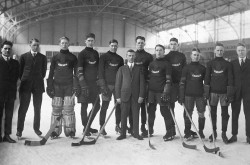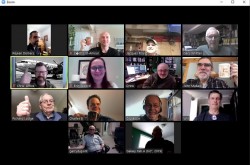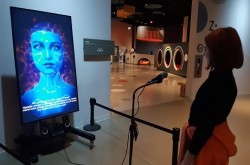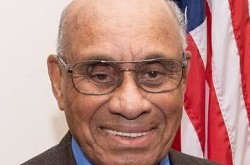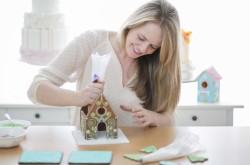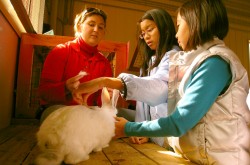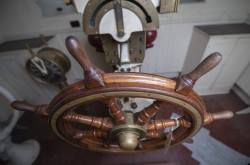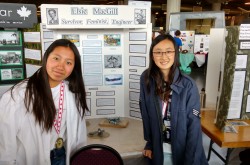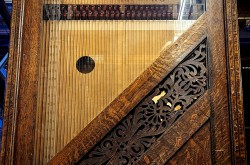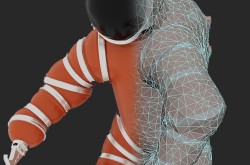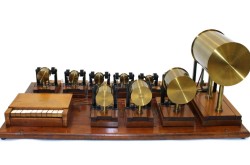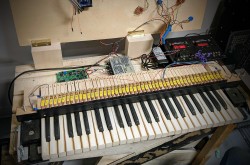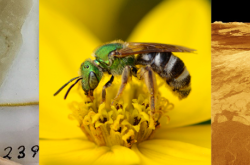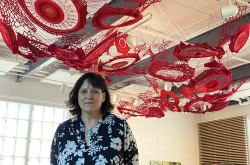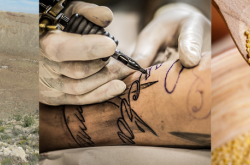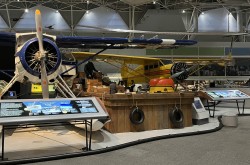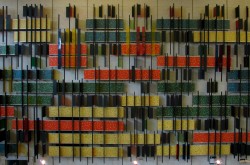Junior inventors aim to make life easier in space

As we celebrate World Space Week 2018, kids from across Canada have been busy thinking up creative ideas about how to improve the human experience in space.
Last year, Little Inventors — a U.K.-based organization — launched an initiative called Little Inventors: Inventions for Space, in partnership with the Natural Sciences and Engineering Research Council of Canada (NSERC) and the Canadian Space Agency. Kids across Canada were challenged to dream up ideas to make life easier — and more fun — in space.
“We were thrilled to receive over 2,000 submissions from children in all Canadian provinces and territories,” says Chelsea Vivash, an imagination officer at Little Inventors. She adds that approximately 200 Canadian schools were represented through the submissions.
The initiative was so popular that it has been relaunched – and kids are invited to submit ideas until December 21, 2018. Astronaut David Saint-Jacques personally announced the initiative – adding that he plans to bring some of the drawings of space inventions aboard the International Space Station (ISS).
“Thank you so much for the tremendous invention ideas that we have received so far for the Little Inventors Space Challenge — they have delighted, surprised and inspired me!” says Saint-Jacques. “Thirteen of them have been brought to life — and one drawing will travel with me to the ISS this December! I want to bring the second one along too…so you can still take part with my personal challenge: When I reach the ISS I need some inventions that will make it feel like home – can you help me?”
From the submissions, 13 ideas were selected and made into “prototypes” by expert makers and artisans, says Vivash. One of those lucky kids was 12-year-old Jack Harris, who had his Repair Drone (a.k.a. The Canadrone) visually imagined by a professional graphic artist.
The Ingenium Channel reached out to Harris — and two other participants — to talk about their eye-catching submissions for space-themed inventions.
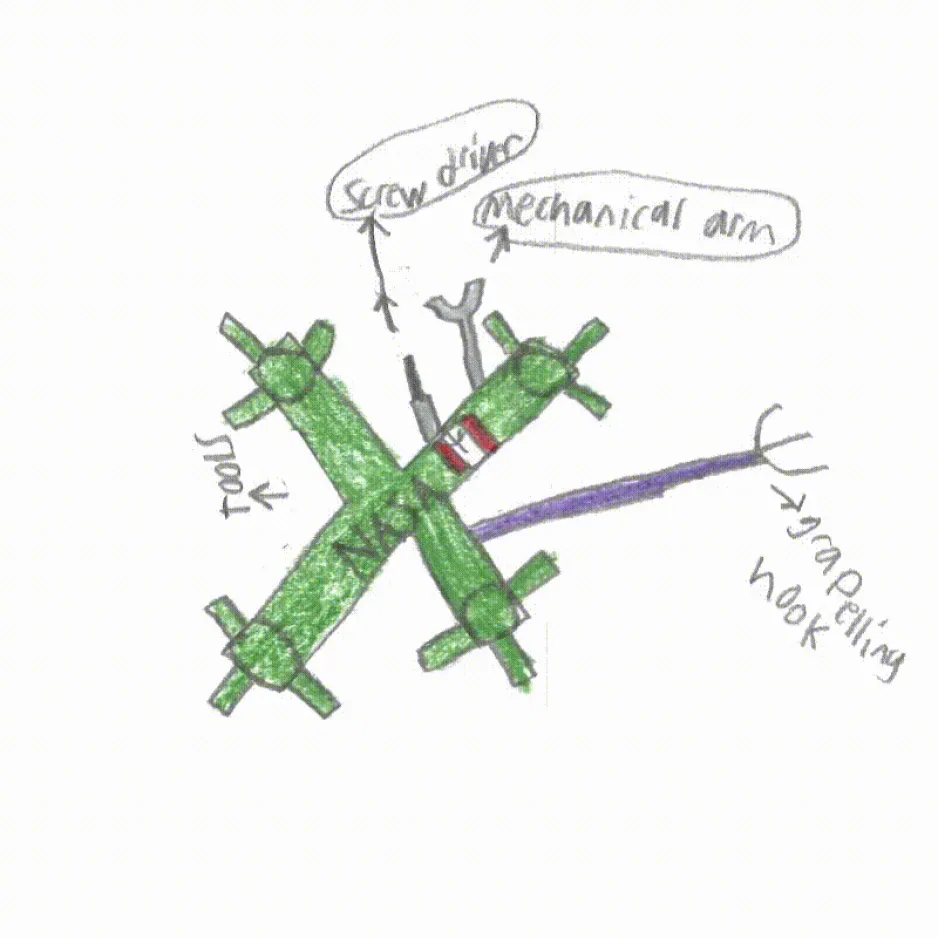
The Repair Drone (a.k.a. The “Canadrone”)
Inventor: Jack Harris
Age: 12
Hometown: Kingston, ON
Tell me about your invention.
It goes outside the International Space Station and repairs stuff so astronauts don't have to.
How did you think up your invention?
I thought about space and shuttles going to space and wondered what would be useful. I figured space shuttles probably have technical difficulties. I thought that a drone would save time and would mean that the astronauts would not need to get all of their gear on and go up on their own to fix the shuttle. The Repair Drone would be quicker, more efficient, and safer for the astronauts.
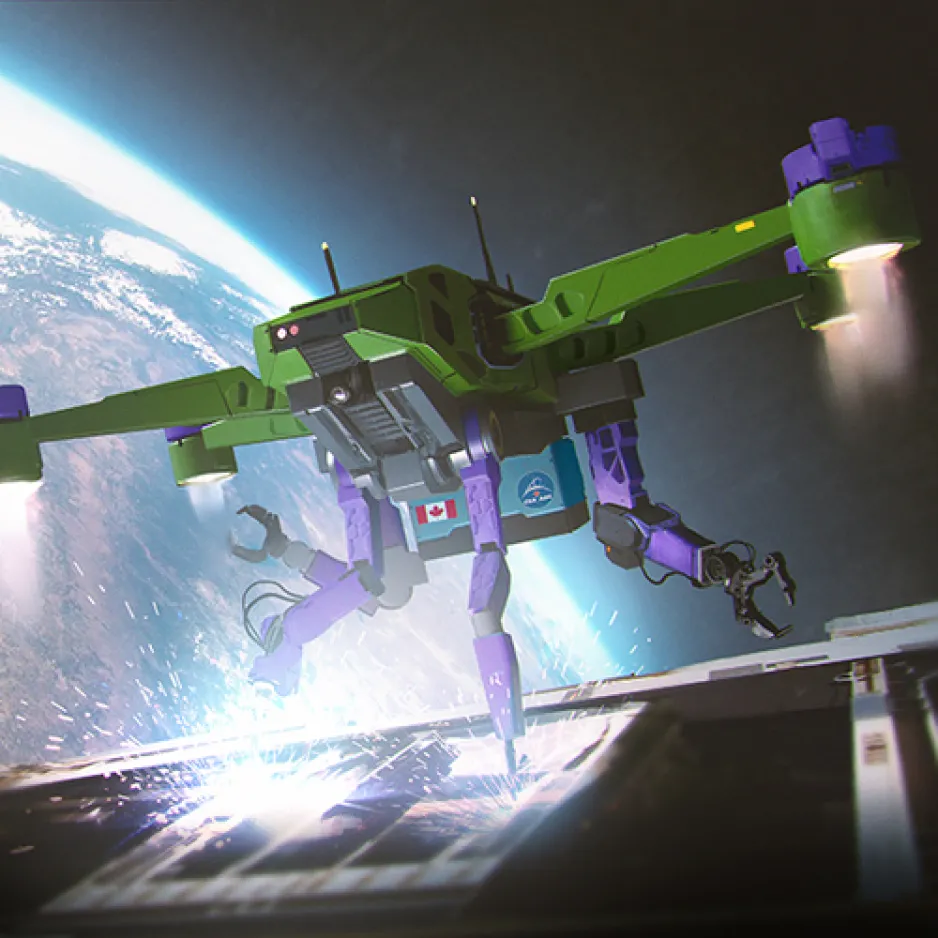
How did you feel about your idea being made into a "prototype"?
I really enjoyed the experience of being interviewed via Skype with the people at Atomhawk Design and was fascinated with the 3D rendered drawing they did using my design. I thought it was pretty cool that they could create that from my drawing and it made me feel pretty special. My family has been super excited for me as well, so the experience has made me very happy.
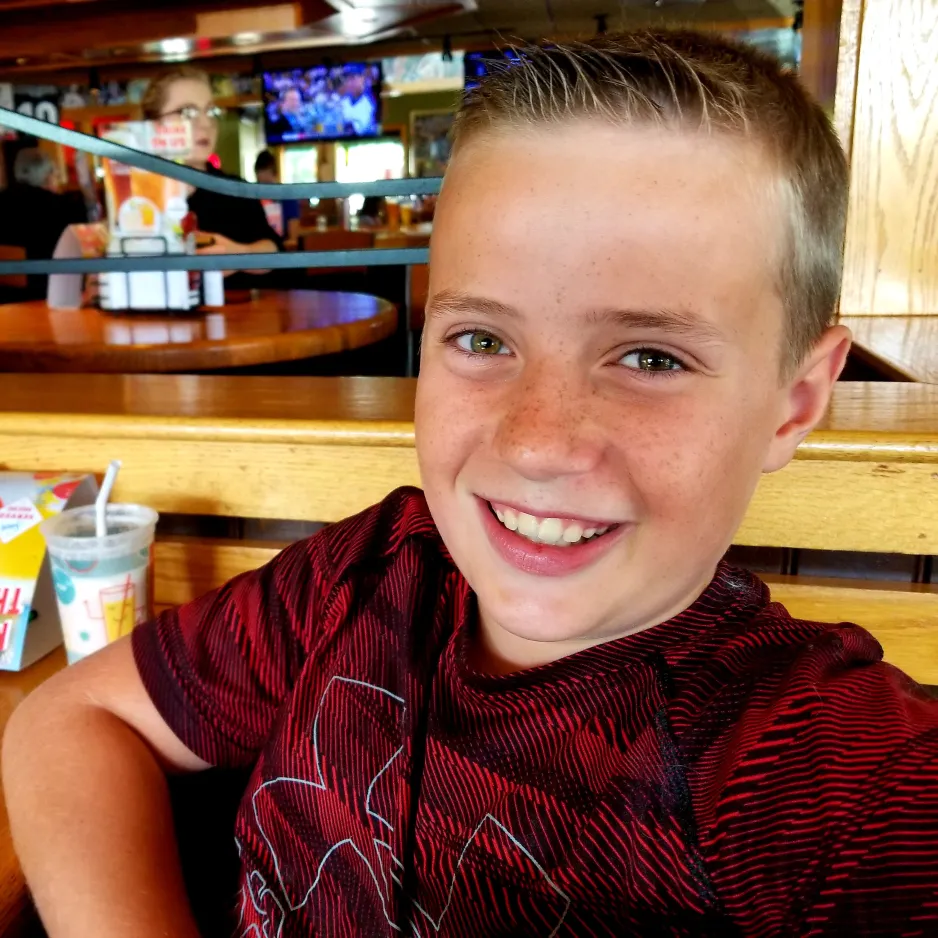
Do you think you'd like to pursue a job or career that involves space?
Possibly, but I'm not sure yet. I think a job or career that involves space would be pretty neat. I'm sure that if I had the opportunity one day I would go for it. I do like thinking of ideas and inventions.
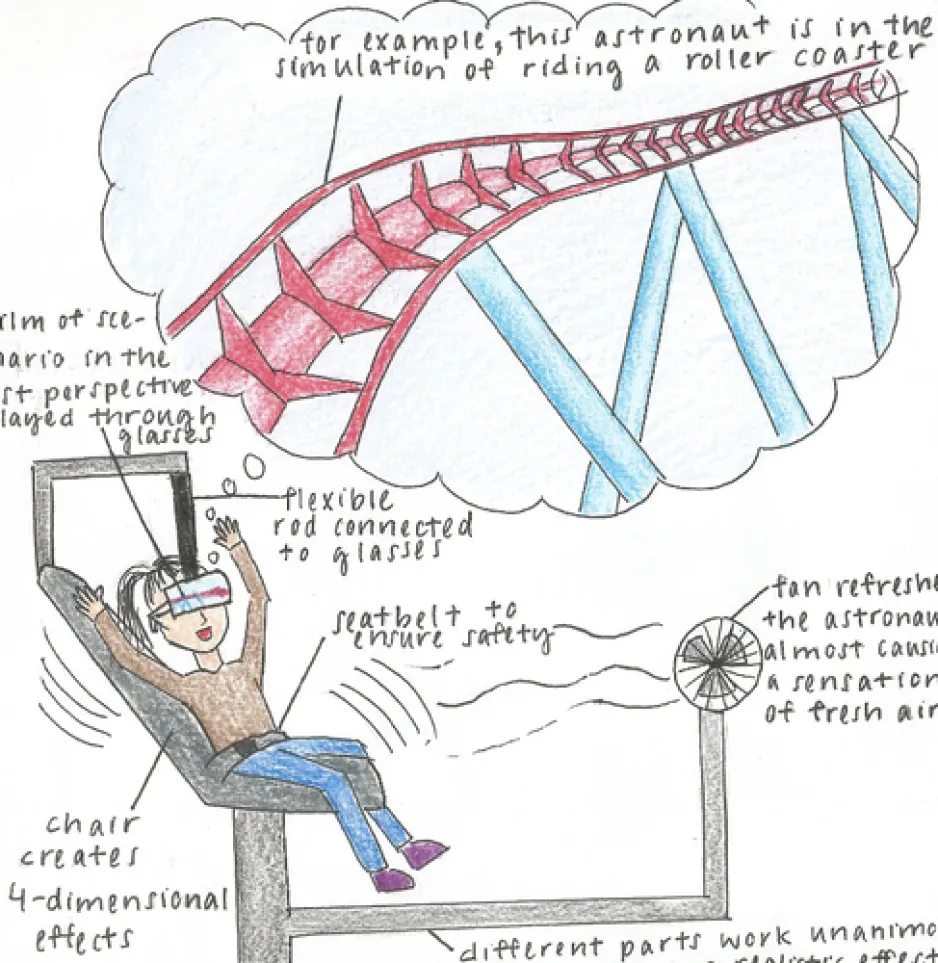
The Anti-Claustrophobic Simulator
Inventor: Jeannette Oh
Age: 14
Hometown: North York, ON
Tell me about your invention.
An anti-claustrophobic simulator is a machine that simulates a non-claustrophobic scenario that allows the user to relieve stress in an effective and healthy way. The scene is played from the user's point of view, creating a more realistic scenario. The scenario can be anything from bungee-jumping to riding on dragons. Living on a spaceship or space station for an extended period of time may create psychological problems and stress on the mind and body. Therefore, this simulator will help eliminate those negative effects. Also, this is a fairly simple machine to create.
What approach did you take in coming up with your idea?
Although my invention is not rocket science or extremely complicated, I thought it was a simple way for astronauts to find a means of entertainment during their time in space. In our astronomy unit, I learned that living and spending time in outer space can cause many effects, including psychological stress. Staying in a confined area with the same people and the same environment for a prolonged period of time may cause mental fatigue. Of course, there are physical risks as well, but those may be rehabilitated through exercise and time. However, these psychological damages may unfortunately worsen and may become permanent. To prevent this, I have thought of this simple, yet effective machine that will eliminate the stress and or other psychological disbelief.
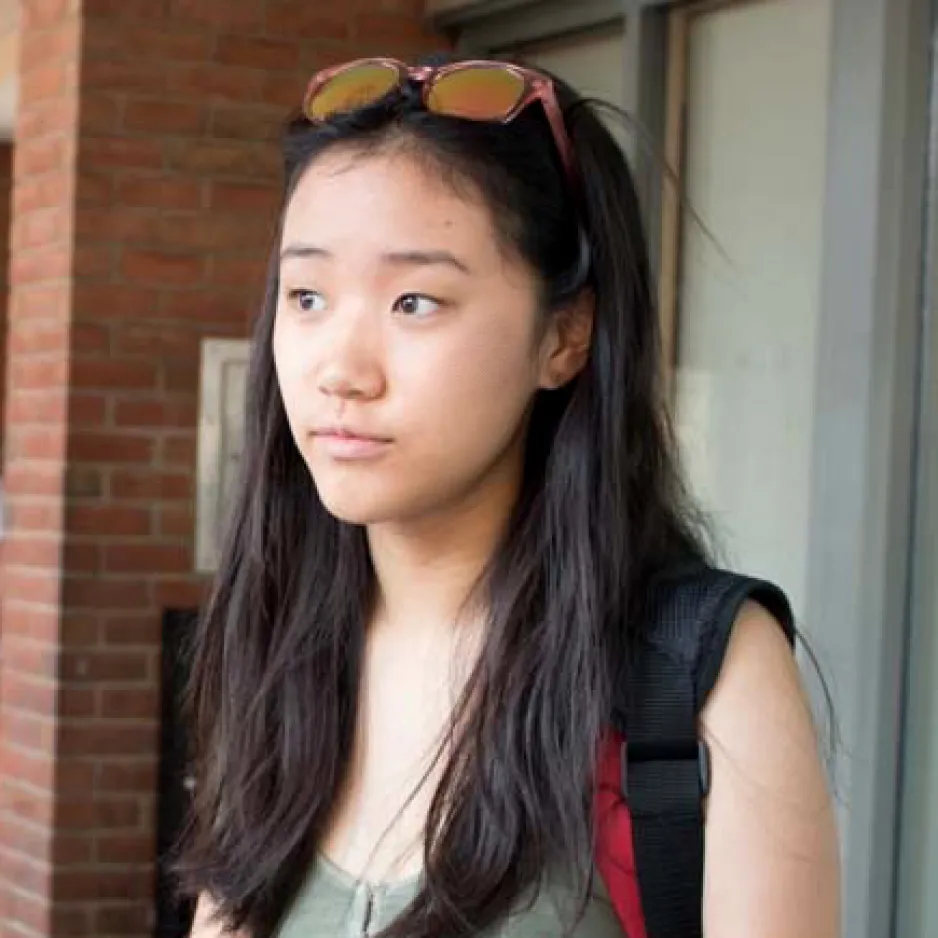
Do you think you'd like to pursue a job or career that involves space?
Yes, I am interested in pursuing a career in astronomy. I greatly enjoyed astronomy during my grade nine year, and I was always interested in the universe; I’m very curious to explore what is beyond the Earth. Seeing our blue-and-green Earth from a distance as a whole has always been at the top of my bucket list, and although it may be a difficult journey (literally), I will try my best to fulfill my dream!

The Personnel Canadarm
Inventor: Amy Claerhout
Age: 12
Hometown: Beaumont, AB
Tell me about your invention.
The Personnel Canadarm is a mini version of a Canadarm that is attached to your bathroom wall. It has all the tools a human would use to get ready and for personal hygiene and they are all built in to help astronauts get ready without having things floating out of reach.
What approach did you take in coming up with your idea?
My grade six class was learning about space in Science, as a part of the curriculum, and we talked about the Canadarm. A few weeks later, when we did the workshop, I thought about the everyday struggles that an astronaut has just for personal hygiene. All their tools float everywhere, and they aren’t even in the same place at the same time. I thought that a Personal Canadarm with all the tools ready in position may be the answer.
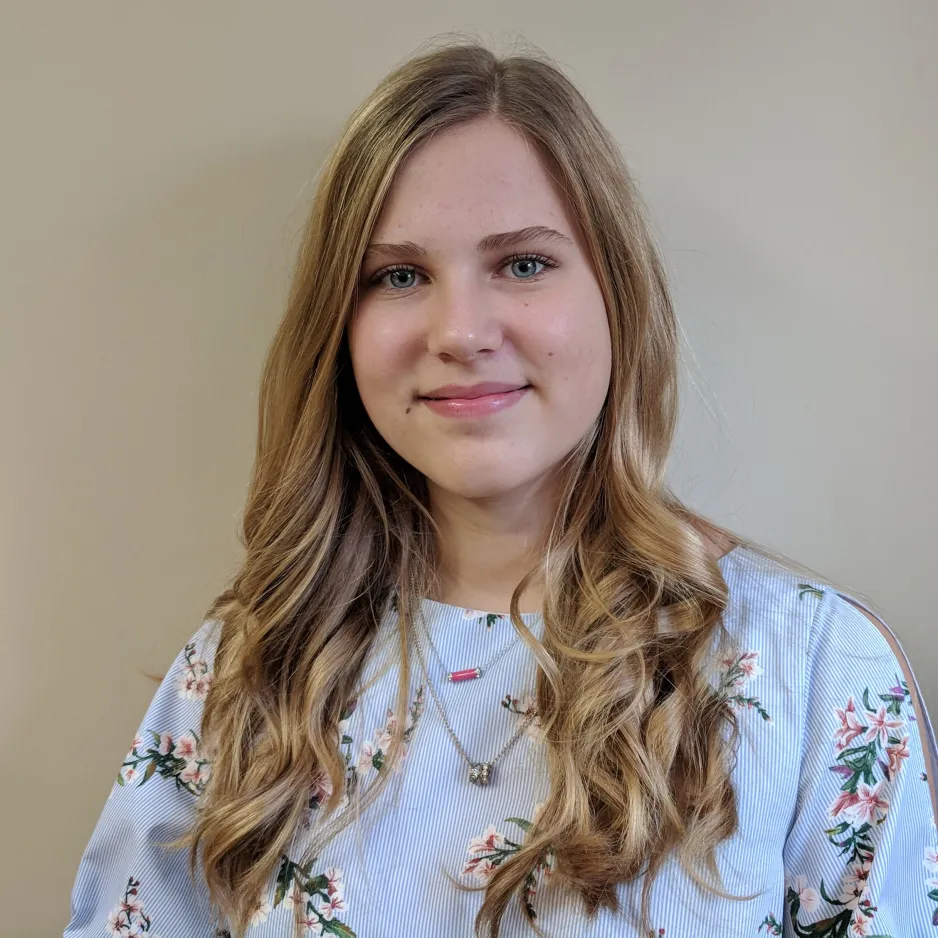
Do you think you'd like to pursue a job or career that involves space?
I don’t know yet, but Science and Math are my favorite subjects in school.
Want to see more of the creative ideas for new inventions that were submitted to Little Inventors? Visit the Little Inventors website.


